Your vital organs—screened
Scan your body for potential cancer and 500+ conditions in up to 13 organs.



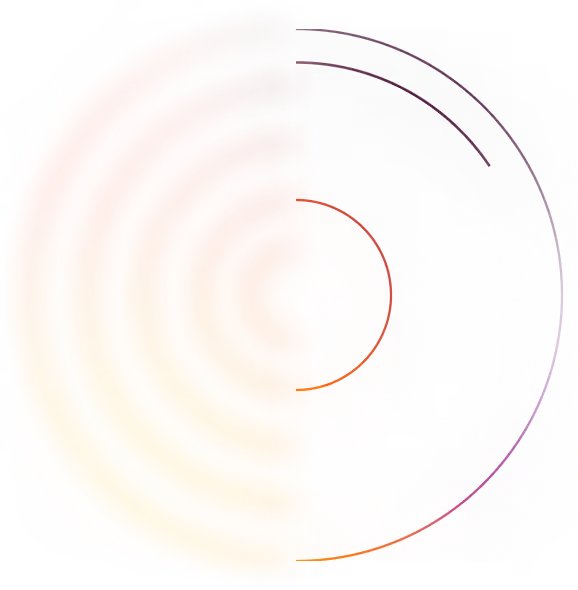
Our scan is designed to










"A large part of the credit for this great prognosis goes to early detection: given that the tumor was found so early, it was easier to remove surgically, and any spread is unlikely"

Most people diagnosed with cancer twice can’t say cancer and lucky in the same sentence. I'm so thankful to have caught these cancers early.


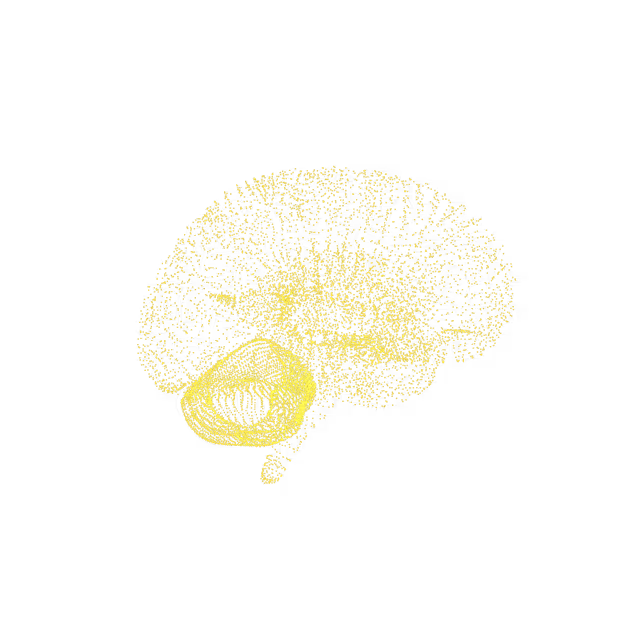
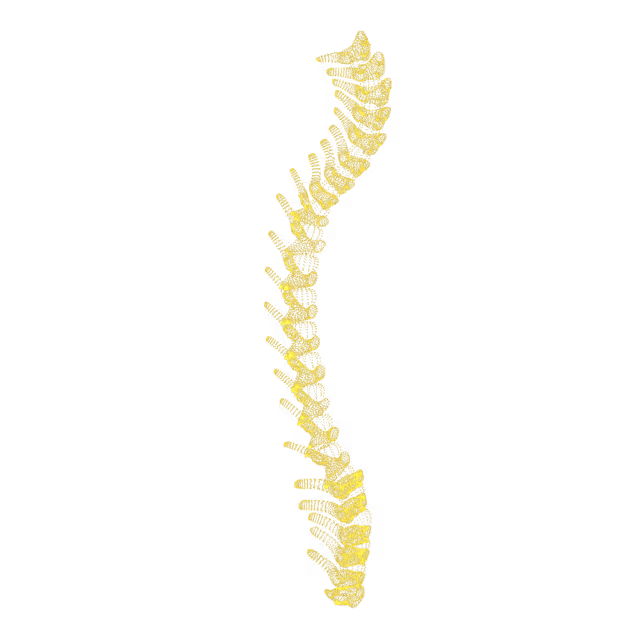
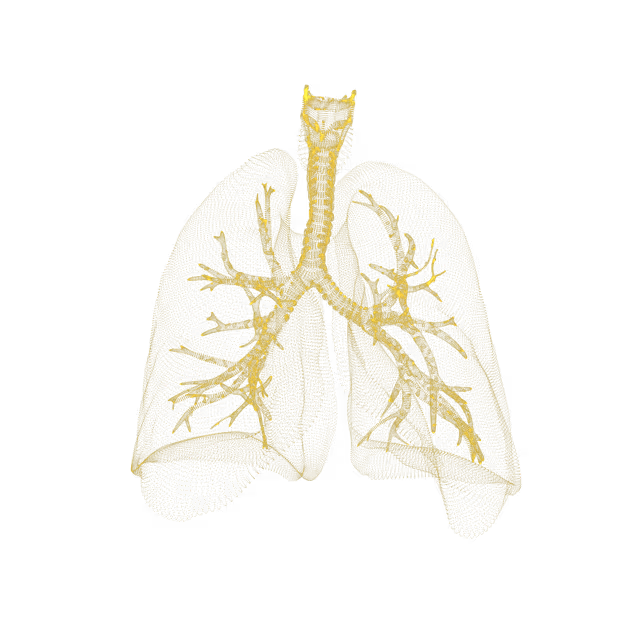
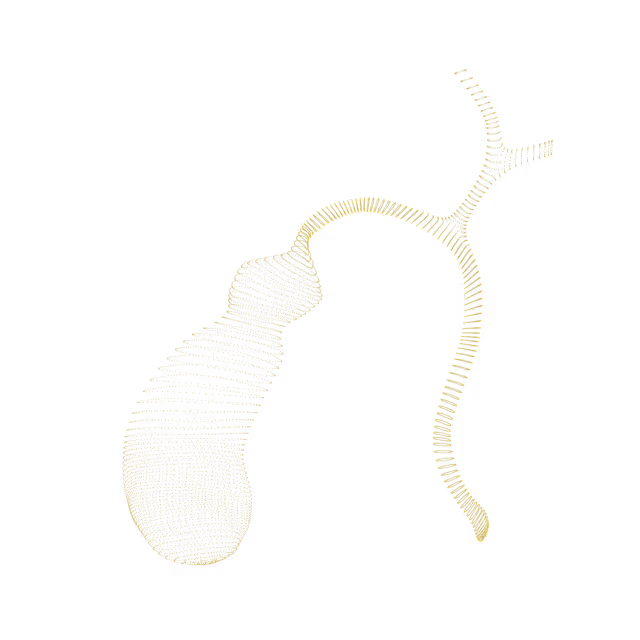
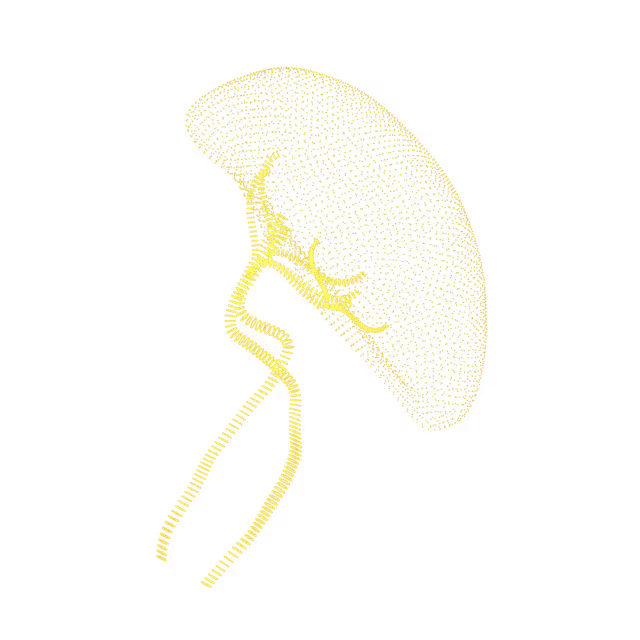
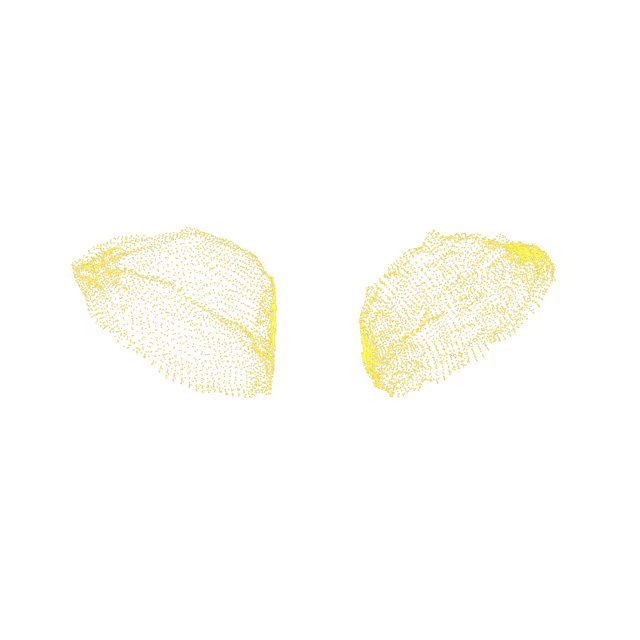
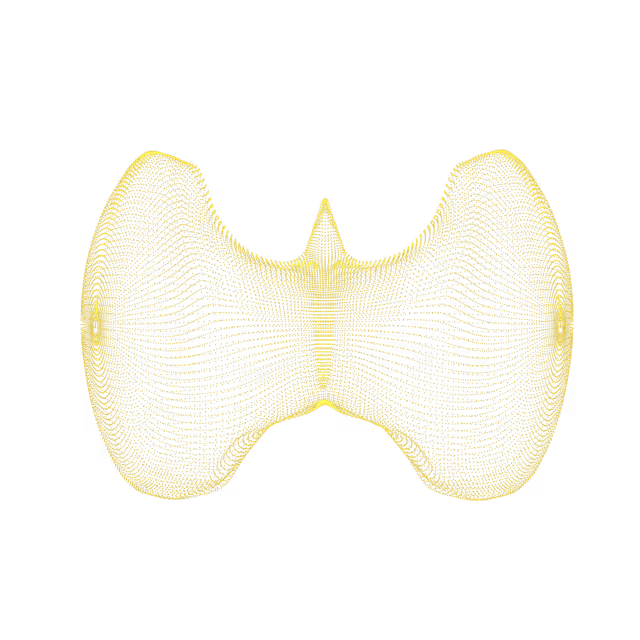
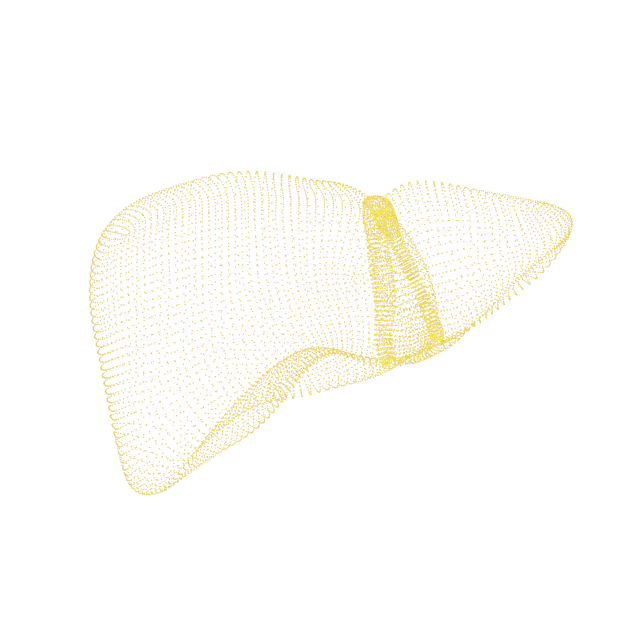
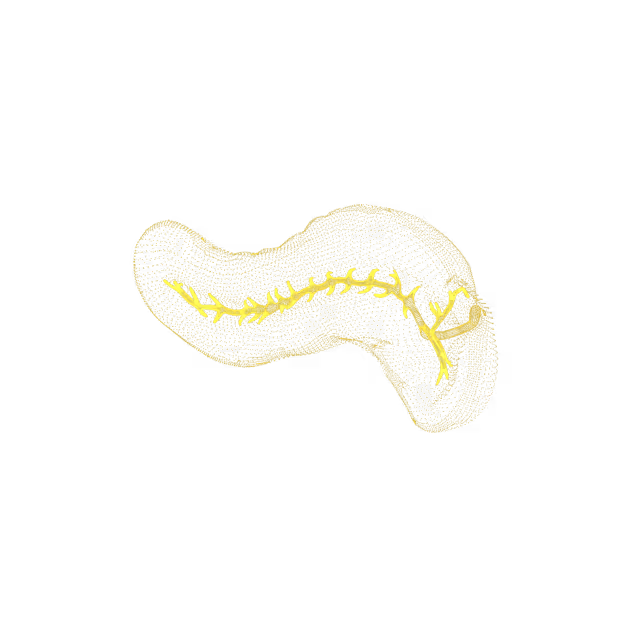
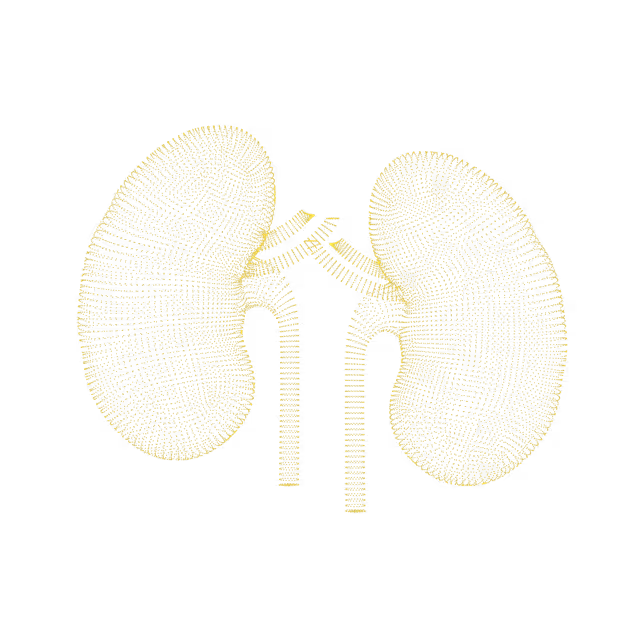
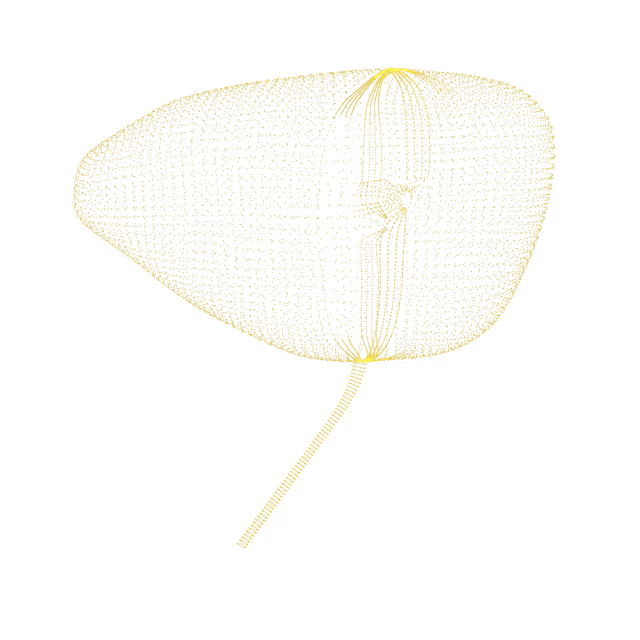
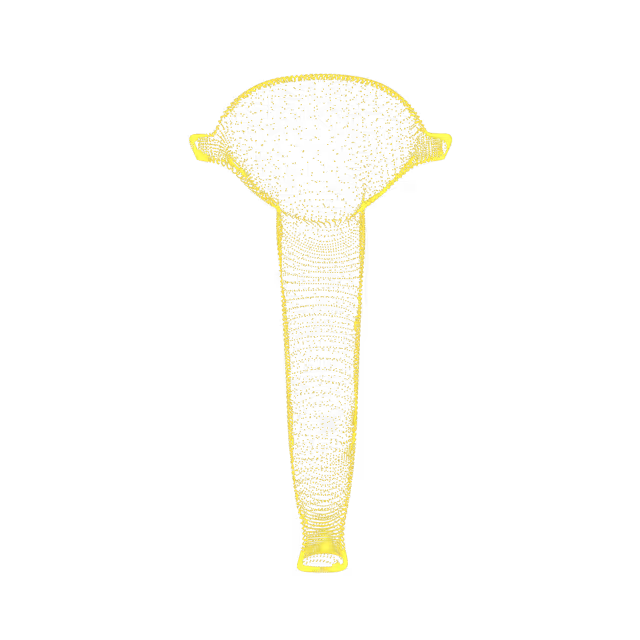
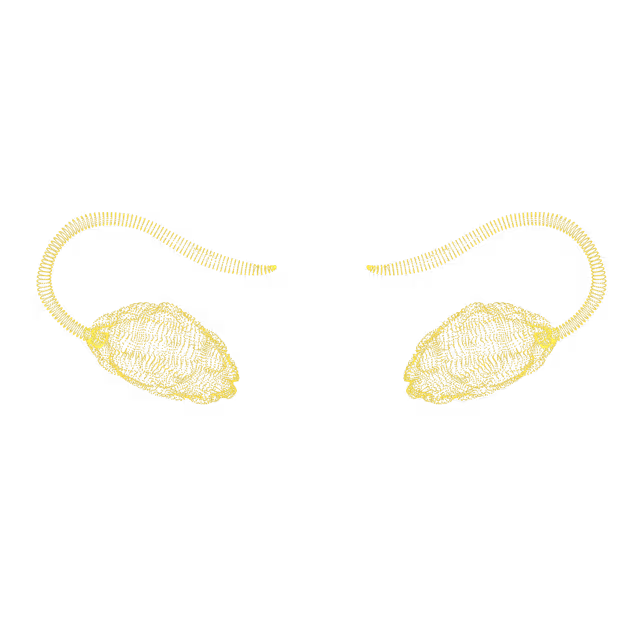
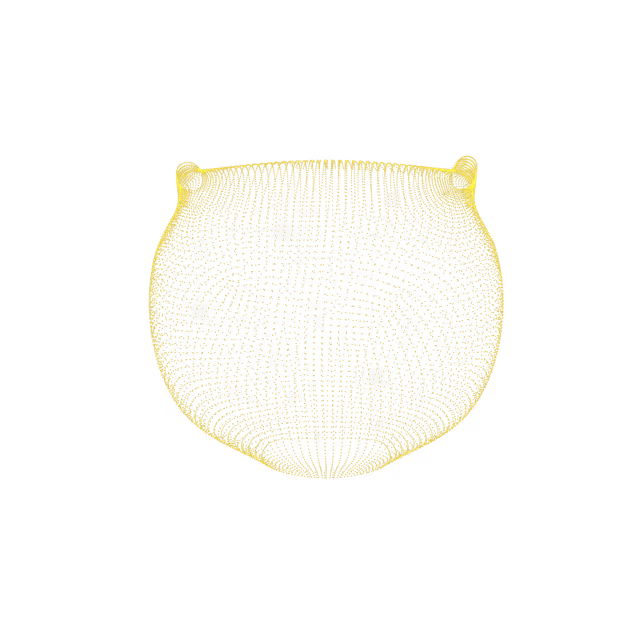

A cyst is a sac-like pocket of tissue that contains fluid, air, or other substances. Bladder cysts are usually benign (non-cancerous) and do not require treatment, however, some cysts are associated with a higher risk of malignancy (cancer).
The intrahepatic biliary duct is a tube that is inside the liver and transports bile in the liver. Dilatation is the expansion or widening of the duct. Dilatation of the bile duct can be due to several causes including obstruction (blockage) of the bile duct, presence of a cyst or mass in the bile duct, benign (non-cancerous) strictures or infection. Symptoms, if present, could include right upper quadrant pain and/or jaundice.
Kidney (renal) papillae are areas in the kidney where urine flows through. Renal papillary necrosis is a disorder of the kidneys in which all or part of the renal papillae die. This condition can reduce kidney function and can lead to kidney failure.
Hemangiomas are benign (non-cancerous) growths that develop from blood vessels. Hemangiomas of the skin are often visible as red, raised birthmarks that generally fade on their own; hemangiomas can also form on internal organs. Most hemangiomas cause no symptoms, but for those that do, symptoms (i.e. pain, numbness) vary depending on the size and location of the tumor.
Caliectasis occurs when there is excess fluid in your calyces (cavities in which urine collects before it flows into the urinary bladder). Causes of caliectasis include blockage/obstruction in the kidneys, cysts, tumors, kidney stones, urine buildup (hydronephrosis), and urinary tract infections. Based on your MRI images, this finding is nonspecific, meaning it is difficult to say what caused it.
Absent kidney can be due to surgical removal or it can also occur genetically and is then called renal agenesis.
An accessory spleen is a small nodule of splenic tissue which is not connected to the rest of the spleen. They are benign and asymptomatic.
Adenomyomatosis is an abnormality of the gallbladder characterized by overgrowth of the inner mucus lining and thickening of the muscle wall. It is not clear what causes this condition and it is considered benign (not harmful and non-cancerous).
The gallbladder is a small, pear-shaped organ on the right side of the abdomen under the liver. It holds a digestive fluid called bile that is released into the small intestine to help break down fats and nutrients. The gallbladder is divided into 3 parts - the neck, body, and fundus. Variations in shape of the gallbladder are common. One such variation is a biliary fold in the body of the gallbladder. It is usually asymptomatic (does not cause symptoms).
The gallbladder is a small, pear-shaped organ on the right side of the abdomen, just beneath the liver. The gallbladder holds a digestive fluid called bile that is released into the small intestine. Gallstones can form when this fluid deposits and hardens. Lifestyle optimization can prevent gallstone formation. Focus on a diet rich in healthy fats and fiber, maintain a regular movement/exercise habit and have a healthy body composition (extra weight is associated with gallstones).


© 2025 Ezra